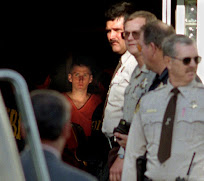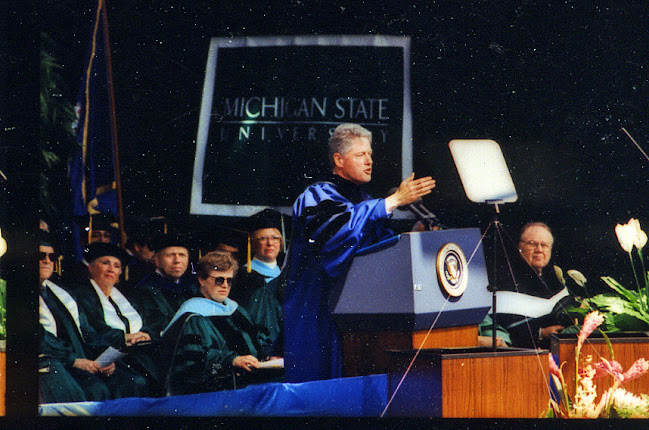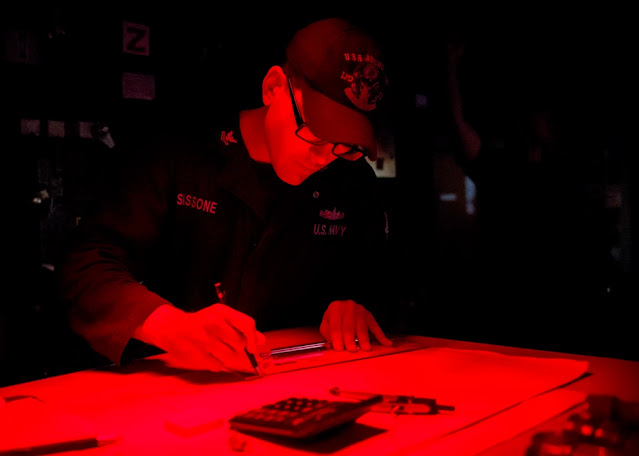Review by Bill Doughty––
Author Jeffrey Toobin has written the best biography so far of the Oklahoma City bomber in “Homegrown: Timothy McVeigh and the Rise of Right-Wing Extremism” (Simon & Schuster, 2023). He ties together both the beliefs and actions of McVeigh with the motivations of other extremists and insurrectionists.
This is an important book for anyone committed to preventing white supremacists, anarchists, and other violent extremists from serving in the military. Throughout the book, Toobin also ties McVeigh to those who believe it’s OK to overturn an election and attack the nation’s Capitol.
McVeigh was convicted after an Army buddy, Tim Fortier (and wife Lori), flipped and testified for the prosecution. McVeigh’s direct partner in crime, another Army veteran named Terry Nichols, helped prepare the fertilizer-fuel bombs and plan the bombing. Nichols was also convicted for his role in the crime.
McVeigh began basic training at Fort Benning, Georgia, May 24, 1988 –– just over 35 years ago. On his first day he met Nichols, a 33-year-old recruit.
“Their friendship, which curdled into a conspiracy, was born in the military. The two men were among the earliest, and certainly the most prominent, examples of the link between modern right-wing extremism and the armed forces. This connection carried forward to the January 6, 2021, riot at the Capitol. About 7 percent of the adult population are either veterans or active-duty service members, but approximately 15 percent of those arrested belonged to those groups. Those charged with more serious crimes, like sedition, consisted overwhelmingly of veterans. The Proud Boys and Oath Keepers, two extremist groups whose members were leaders of the insurrection, were dominated by veterans. The prevalence of veterans among the extremists raised the question of whether the military attracted those predisposed to violent political action or whether service in the armed forces radicalized those who might not otherwise turn to terror.
“As for McVeigh, he was included toward extremism when he enlisted. He joined the military principally because it would allow him to indulge his passion for weaponry –– not an unusual reason –– but he already had a distinct right-wing political profile as well. He was angry at Blacks, whom he regarded as parasites, and a government which he thought was going to take away his guns.”
Toobin writes, “McVeigh had the anger and the energy, but he didn’t have any real justification for how he felt.” That’s where Terry Nichols, a man who failed at everything he did, came in. Nichols blamed his failures on international conspiracies and an evil U.S. government that wanted to confiscate all guns. Like McVeigh, Nichols believed the intent of the Second Amendment was to arm all Americans in order to “fight tyranny.”
In actuality, it was McVeigh, Nichols, and the Fortiers who formed an actual conspiracy –– to try to bring down a democratic government and bring about their own tyranny of terrorism.
They acted out of a twisted justification: Angry because of the passage of the gun control Brady Bill in 1993 and the assault weapons ban of 1994, signed by President Bill Clinton.
 |
| McVeigh at Waco |
Toobin shows how McVeigh tried to find success selling guns, accessories, and his bumper stickers at gun shows. At the shows he was further influenced to hate and have grievance toward the government. “The causes promoted at gun shows only began with the Second Amendment, and they included closing the borders, avoiding taxes, and defending the rights of Christians. Confederate flags and memorabilia abounded. So did right-wing literature.”
At one gun show McVeigh traded some clothing items with the head of security of a Christian Identity white separatist group at Elohim City. McVeigh traded for a Navy combat knife and sheath, according to Toobin.
Despite his penchant for pistols, long-guns, and knives, McVeigh chose to murder from afar. His ultimate choice of weapon was a massive bomb in a Ryder truck parked outside the Murrah Federal Building.
There’s an ironic “postscript” to McVeigh’s arrest after an Oklahoma trooper pulled McVeigh’s car over for a missing license plate but then discovered he was carrying a handgun without a permit, which at the time was illegal. But “In 2019, the state changed its laws to allow individuals twenty-one and older to carry guns without permits.” If the trooper had stopped McVeigh under the new law, he would not have arrested him –– just issued him a ticket.
Toobin’s book explores the influential role of the book The Turner Diaries, radio talk-show hosts Rush Limbaugh and G. Gordon Liddy, politician Pat Buchanan, the National Rifle Association, and shortwave radio ideologue William Cooper in shaping McVeigh’s hatred of the federal government. Toobin presents a graphic description of the bombing, as well as McVeigh’s trial, incarceration, and twisted relationship with his defense counsel, Stephen Jones, who strictly controlled reporters’ communication with his client.
 |
| McVeigh under arrest |
Toobin writes, “McVeigh told Hackworth the Army ‘teaches you to discover yourself. It teaches you who you are. Hackworth explained, ‘To warriors, the military is like a religious order. It’s not a job. It’s a calling. Not too many people understand that calling or have what it takes.”
Hackworth reported, “Looking into McVeigh’s eyes in the El Reno prison, I realized that my gut feeling was right. He has what a lot of soldiers, good and bad, have: fire in the belly.”
“Homegrown” opens like this: “The spirit of rebellion was in the air on January 6, 2021.” The first seditionist mentioned by Toobin is head of the Oath Keepers, Stewart Rhodes, Army veteran (who would eventually be sentenced to 18 years in prison for his role on J6). The next named insurrectionist is “Chris Hill, a Marine veteran who led an extremist group from Georgia” and “called the attack on the Capitol a ‘shot heard round the world,’ echoing the world used to describe the Battle of Lexington on April 19, 1775.”
On June 29, a January 6 rioter named Taylor Taranto, a Navy veteran, was arrested near former President Barack Obama’s home. Taranto had worked for the Republican Party in Washington state and volunteered for the GOP, according to the Associated Press. Taranto was armed with explosive materials and weapons. He was wanted for his role in the violent insurrection at the Capitol.
Last April, FBI agents arrested Air Force active duty Airman Jack Teixeira for unauthorized retention and transmission of national defense information in violation of the Espionage Act of 1917 as well as unauthorized removal and retention of classified documents or material. Texeira, a proclaimed white supremacist, was indicted June 15.
 |
| Beth Wilkinson |
During McVeigh’s trial, the Murrah victims’ family members in the courtroom "seethed at McVeigh’s deadpan expression in response to even the most heartrending testimony; but McVeigh told his lawyers that he wanted to maintain military discipline. He refused to show any emotion at all.” To the end, “McVeigh continued to see the bombing as a soldier’s duty…”
McVeigh was put to death by lethal injection after a rather interesting last meal. What happened to his cremated remains, as described by Toobin, is a chilling metaphor and a power-punch at the end of the book.
Thankfully, good military veterans far outweigh the bad. Regarding extremism in the ranks, Secretary of Defense Lloyd Austin testified to Congress that “99.9% of our troops are focused on the right things each and every day.”
Thousands of military service members and federal workers were involved in rescue, recovery, counseling, and clean-up after the bombing of the Murrah Building. Today, the U.S. military tries to enforce regulations against violent extremists in its ranks (though efforts are hampered by some politicians in Congress).
Toobin presents compelling revelations in this timely account of senseless violence, helping readers understand how such extremism can develop and metastasize.
In part 3 of this review, we explore what happened to McVeigh’s partner, Terry Nichols. We examine McVeigh’s and Nichols’s crime as it relates to the U.S. Constitution. And we see how McVeigh may have actually succeeded in recruiting others to support his radical right-wing extremism.
U.S. Air Force personnel from Tinker Air Force Base work alongside civilian firefighters to remove rubble from the explosion site of the Federal Building in Oklahoma City. The U.S. Air Force provided around-the-clock support of personnel, equipment, and supplies during rescue and relief efforts. (SSgt Mark A. More)










